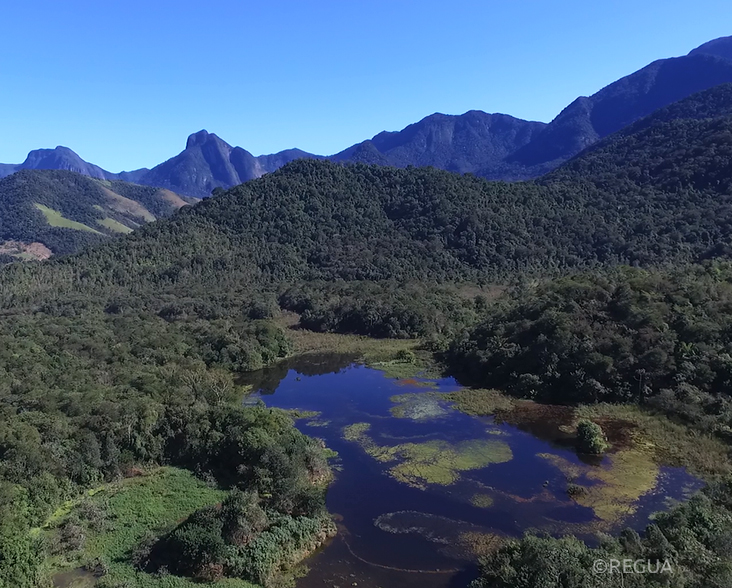Brazil is the fifth-largest country in the world and the largest country in South America, covering most of the eastern half of the continent’s landmass.
Extending over a staggering 8,515,770 km² (3,287,957 square miles) and stretching approximately 4,350 km (2,703 miles) from north to south, Brazil contains six terrestrial biomes with an enormous diversity of ecosystems.
Covering the north-western half of the country, the world’s largest tropical rainforest—the Amazon rainforest—transitions southwards into the world’s most biodiverse savannah—the Cerrado—a vast biodiversity hotspot sprawling right across Brazil’s interior. The Cerrado is bordered to the north-east by the thorny Caatinga—the largest dry forest region in South America and the only exclusively Brazilian biome—and to the west by the world’s largest tropical wetland—the seasonally flooding Pantanal. The highly threatened, endemic-rich Atlantic Forest—Brazil’s second world biodiversity hotspot—extends across the south-east of the country and along much of the Atlantic coast, giving way in the subtropical south to the vast rolling Pampa grassland. Offshore lie 3,000 km (1,158 miles) of coral reefs, and Brazil’s 7,941 kilometres (3,066 miles) of coastline includes 12% of the world’s mangroves.



